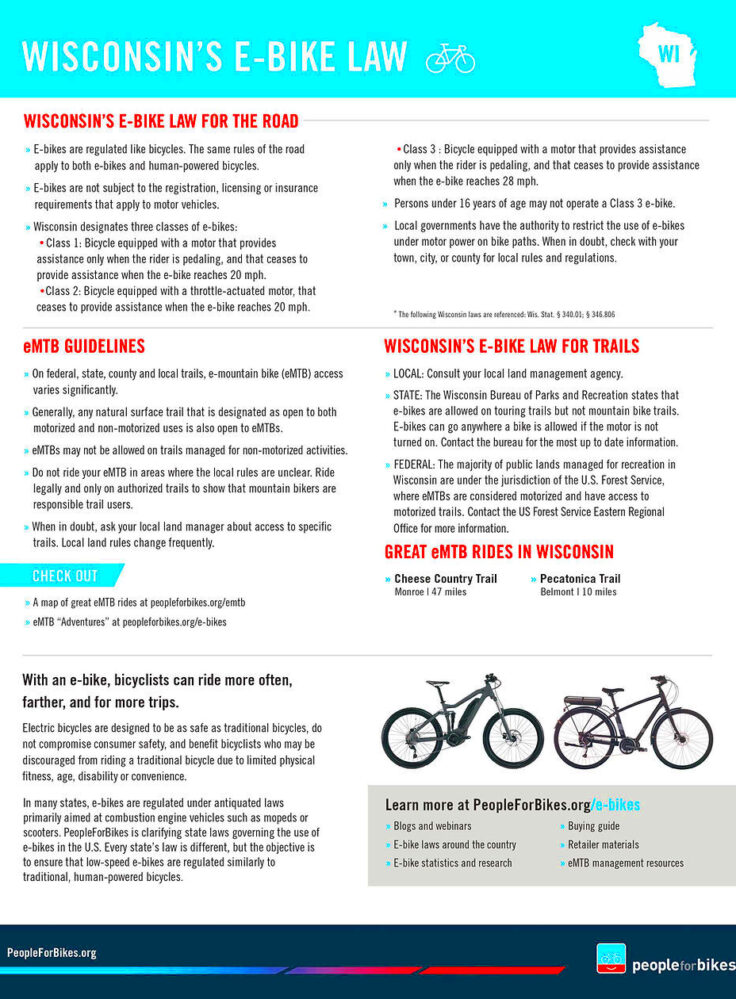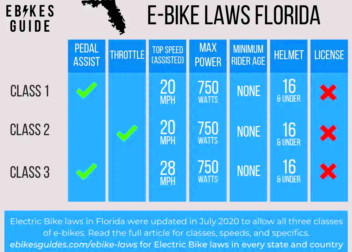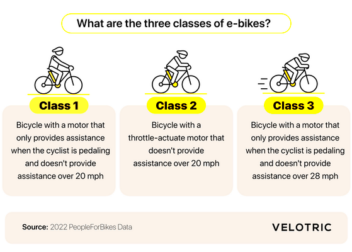E-Bike Laws in Massachusetts and Legal Riding Regulations
In Massachusetts, e-bikes are becoming increasingly popular as a convenient and eco-friendly mode of transportation. However, with their rise in use comes the need for clear laws and regulations to ensure safety for riders and pedestrians alike. Understanding these laws is essential for e-bike owners and riders. This post will explore the various aspects of e-bike legislation in Massachusetts, from classifications to licensing and registration requirements, helping you navigate the legal landscape effectively.
Types of E-Bikes and Their Classifications
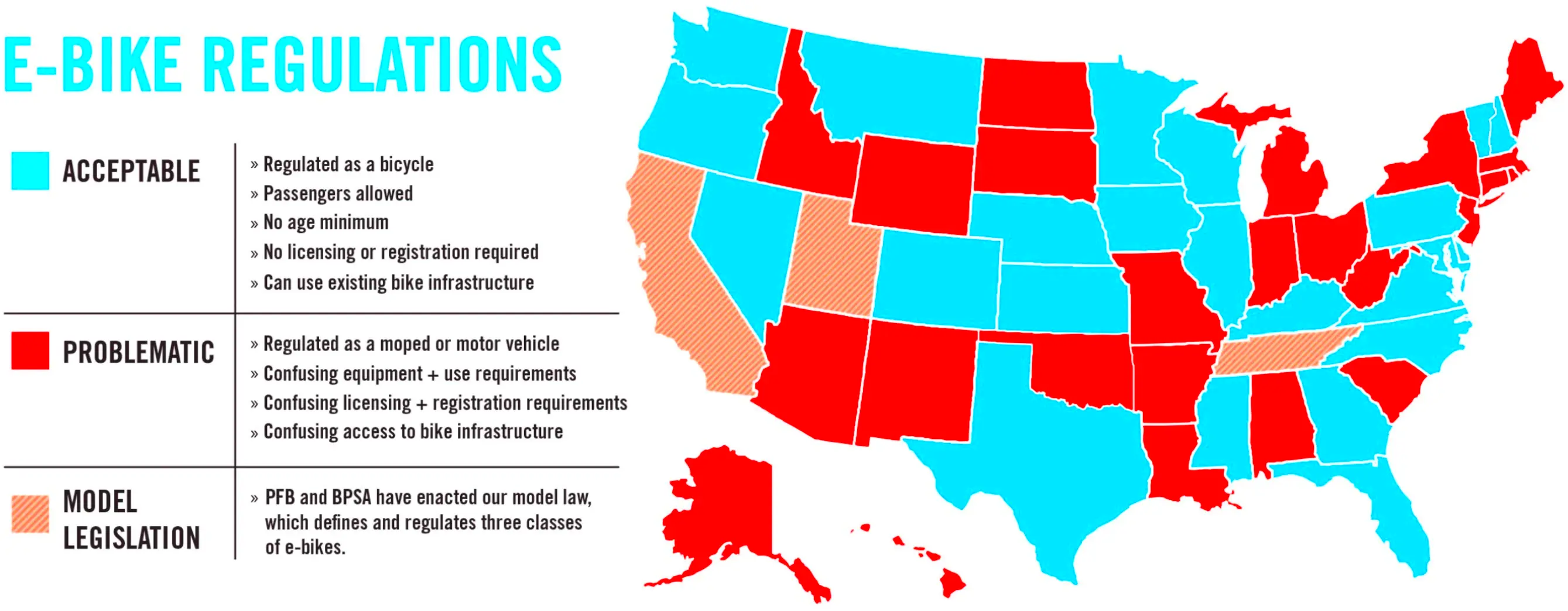
Massachusetts categorizes e-bikes into three distinct classes, which dictate where and how they can be ridden. Here’s a breakdown:
- Class 1: These are pedal-assist e-bikes that only provide assistance when the rider is pedaling. They are allowed on bike paths and trails, making them a great option for recreational riding.
- Class 2: These e-bikes come with a throttle, allowing riders to move without pedaling. While they share similar riding privileges with Class 1, some municipalities may restrict them on specific paths.
- Class 3: These are high-speed pedal-assist bikes that can reach speeds of up to 28 mph. Riders must be 16 or older to operate these, and they are typically restricted from bike paths unless otherwise permitted by local laws.
Knowing these classifications is crucial for e-bike riders, as it impacts where they can ride and what safety gear they need.
Licensing and Registration Requirements
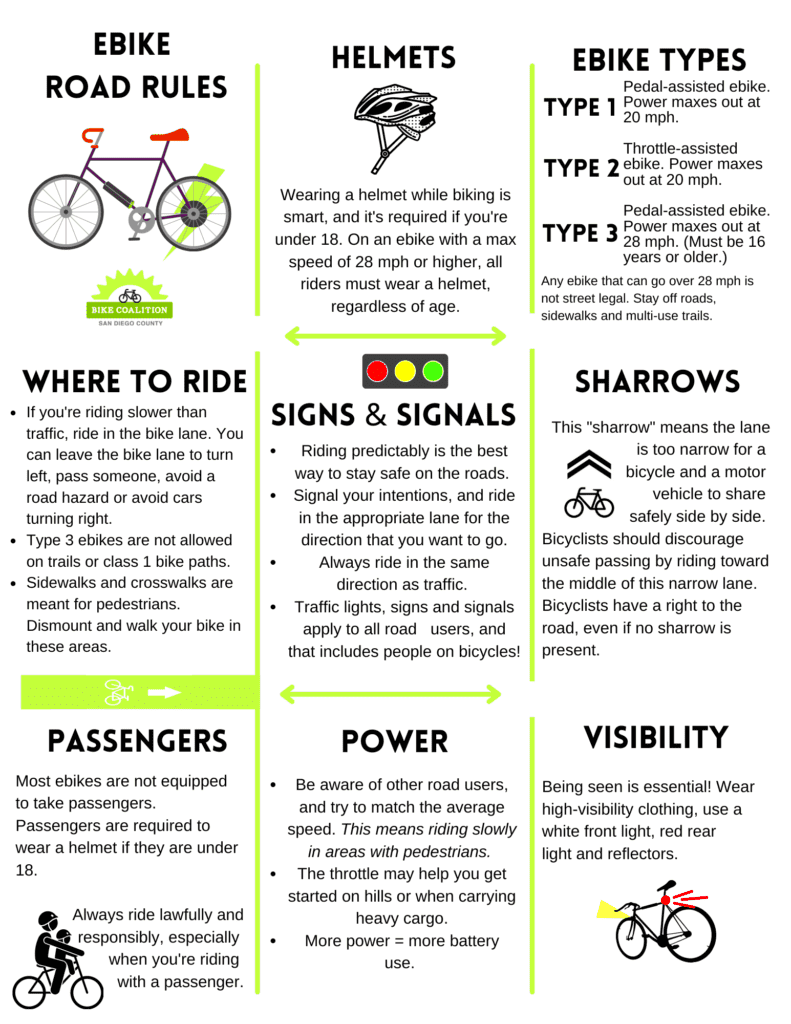
In Massachusetts, e-bikes do not require registration or a driver’s license, which makes them accessible to many riders. However, here are some key points to consider:
- Riders should be aware that while no formal registration is needed, it’s essential to keep your e-bike in good condition and follow local laws.
- Helmets are recommended, especially for younger riders, although they are not legally required for all classes of e-bikes.
- Local regulations may differ, so it’s important to check your city or town’s specific rules regarding e-bike operation.
By understanding these requirements, you can enjoy a hassle-free riding experience while staying compliant with Massachusetts laws.
Where You Can Legally Ride E-Bikes
Knowing where you can ride your e-bike is crucial for a smooth and enjoyable experience. Massachusetts has established specific regulations that dictate the areas where e-bikes can be legally operated. Understanding these locations helps you avoid potential fines and ensures everyone stays safe.
- Bicycle Paths: E-bikes are allowed on designated bike paths. However, make sure to check local regulations, as some areas may restrict Class 3 e-bikes on certain paths.
- Roadways: E-bikes can be ridden on roadways, but riders must adhere to the same traffic laws that apply to traditional bicycles.
- Sidewalks: Riding on sidewalks is generally not allowed unless specifically permitted by local ordinances. Always be cautious and watch for pedestrians if you need to ride near them.
Before you hit the road, it’s a good idea to familiarize yourself with local rules and regulations. Each city or town might have its own set of rules regarding where e-bikes can be ridden, so keep an eye out for signage and local ordinances.
Helmet and Safety Gear Regulations
Safety should always be a top priority when riding an e-bike. While Massachusetts does not have a statewide helmet law for all e-bike riders, wearing a helmet is highly recommended. Here are some key points to keep in mind:
- Children Under 16: Riders under the age of 16 are required to wear a helmet at all times while riding.
- Recommended Gear: Besides helmets, other safety gear such as knee and elbow pads can provide additional protection, especially for new riders.
- Visibility: Wearing bright or reflective clothing can enhance your visibility on the road. Consider adding lights to your bike for safer night riding.
By prioritizing safety gear, you can significantly reduce the risk of injury while enjoying your e-bike rides.
Traffic Laws Applicable to E-Bike Riders
Just like traditional bicycles, e-bike riders must follow the same traffic laws as other vehicles on the road. Here’s a quick rundown of the most important rules to remember:
- Obey Traffic Signals: Always stop at red lights and yield to pedestrians at crosswalks.
- Ride in the Same Direction: Always ride with the flow of traffic to ensure safety for yourself and others.
- Use Hand Signals: Signaling your turns or stops helps communicate your intentions to other road users.
- No Distracted Riding: Just like driving a car, avoid using your phone or other distractions while riding.
Understanding and following these traffic laws not only keeps you safe but also promotes a better relationship between e-bike riders and other road users. Stay informed, ride responsibly, and enjoy the journey!
Legal Consequences for E-Bike Violations
Understanding the legal consequences of e-bike violations is essential for every rider in Massachusetts. While e-bikes offer a fun and efficient way to get around, not following the rules can lead to serious penalties. Here’s what you need to know:
- Fines: Riding an e-bike in prohibited areas or failing to wear a helmet (for riders under 16) can result in fines. The amount varies based on the violation, but fines can add up quickly.
- Confiscation: In some cases, if you repeatedly violate e-bike laws, law enforcement may have the authority to confiscate your e-bike.
- Liability: If you’re involved in an accident due to illegal riding, you could be held liable for damages. This means you may need to cover medical costs, property damage, or other expenses.
To avoid these consequences, always stay informed about local laws and regulations regarding e-bike use. A little caution can go a long way in ensuring a safe and enjoyable ride.
Future of E-Bike Regulations in Massachusetts
The future of e-bike regulations in Massachusetts looks promising as the popularity of these vehicles continues to rise. Here are some trends and developments to watch:
- Increased Popularity: As more people opt for e-bikes for commuting and recreation, local governments may introduce new regulations to address their growing use.
- Advocacy for Better Infrastructure: Many advocates are pushing for better bike lanes and paths that accommodate e-bikes, promoting safety and accessibility for all riders.
- Ongoing Legal Revisions: Expect local laws to evolve as the state continues to assess safety data and rider behavior. New classes or regulations could emerge, affecting how e-bikes are classified.
By keeping an eye on these changes, you can stay ahead of the curve and continue to enjoy riding your e-bike responsibly.
FAQs about E-Bike Laws
Got questions about e-bike laws in Massachusetts? You’re not alone! Here are some frequently asked questions that can help clarify your concerns:
- Do I need a license to ride an e-bike? No, you do not need a driver’s license or registration for e-bikes in Massachusetts.
- Can I ride my e-bike on the sidewalk? Generally, riding on sidewalks is not allowed unless local laws permit it. Always check local regulations.
- What if I get caught riding without a helmet? Riders under 16 are required to wear helmets. If you’re caught without one, you may face a fine.
- Are there any age restrictions for riding e-bikes? While there are no specific age restrictions for Class 1 and Class 2 e-bikes, riders of Class 3 e-bikes must be at least 16 years old.
These FAQs cover some common concerns, but it’s always a good idea to stay updated on local laws and consult with authorities if you have specific questions.
Conclusion on E-Bike Laws in Massachusetts
Understanding e-bike laws in Massachusetts is vital for safe and enjoyable riding. From the different classes of e-bikes to the specific areas where you can ride, being informed helps prevent legal issues and promotes safe interactions with other road users. As the popularity of e-bikes continues to grow, staying updated on local regulations is essential. Always prioritize safety by wearing the right gear, following traffic laws, and respecting local ordinances. By doing so, you contribute to a positive environment for e-bike riders and pedestrians alike, ensuring that everyone can enjoy the benefits of this eco-friendly mode of transportation.
